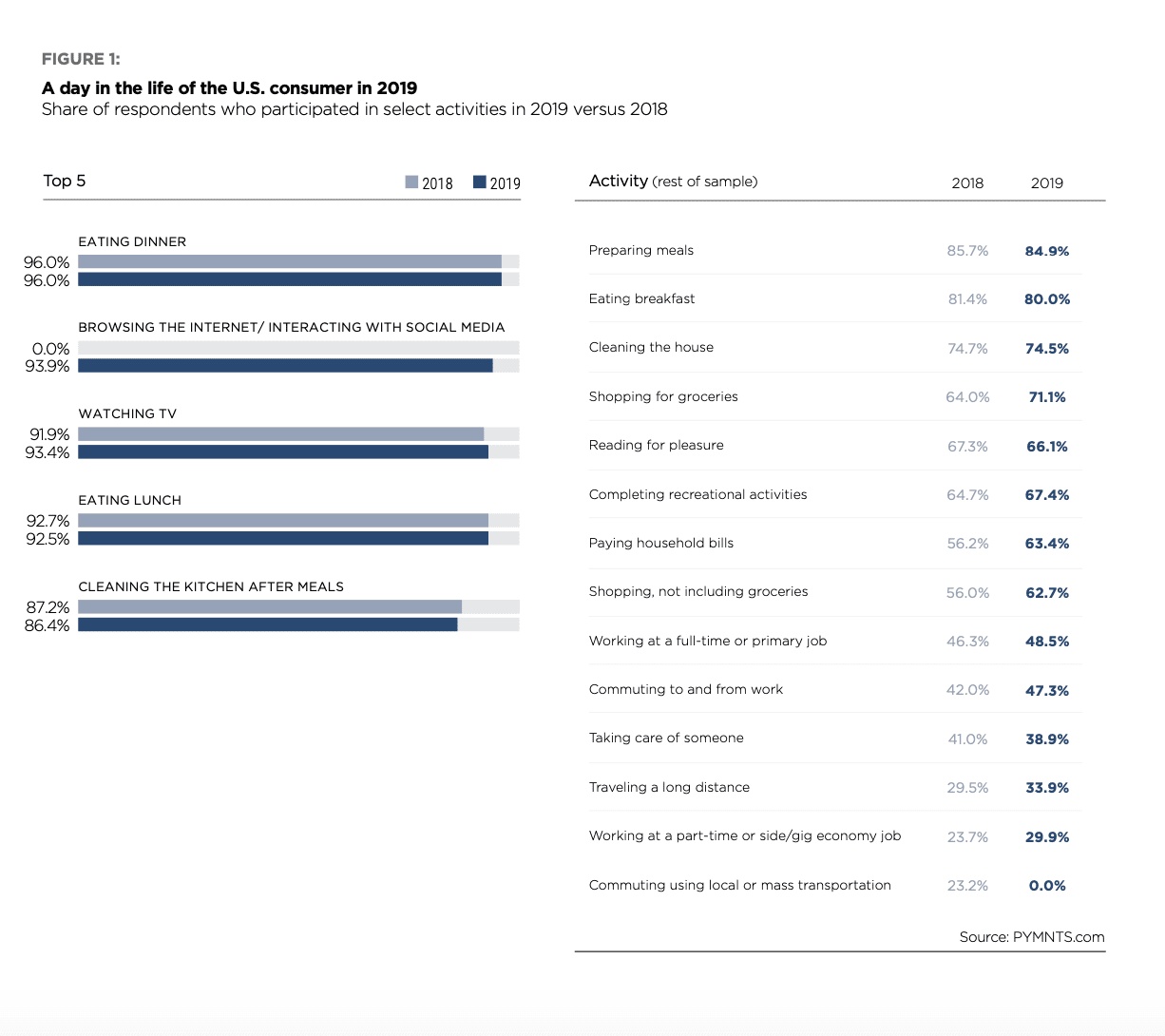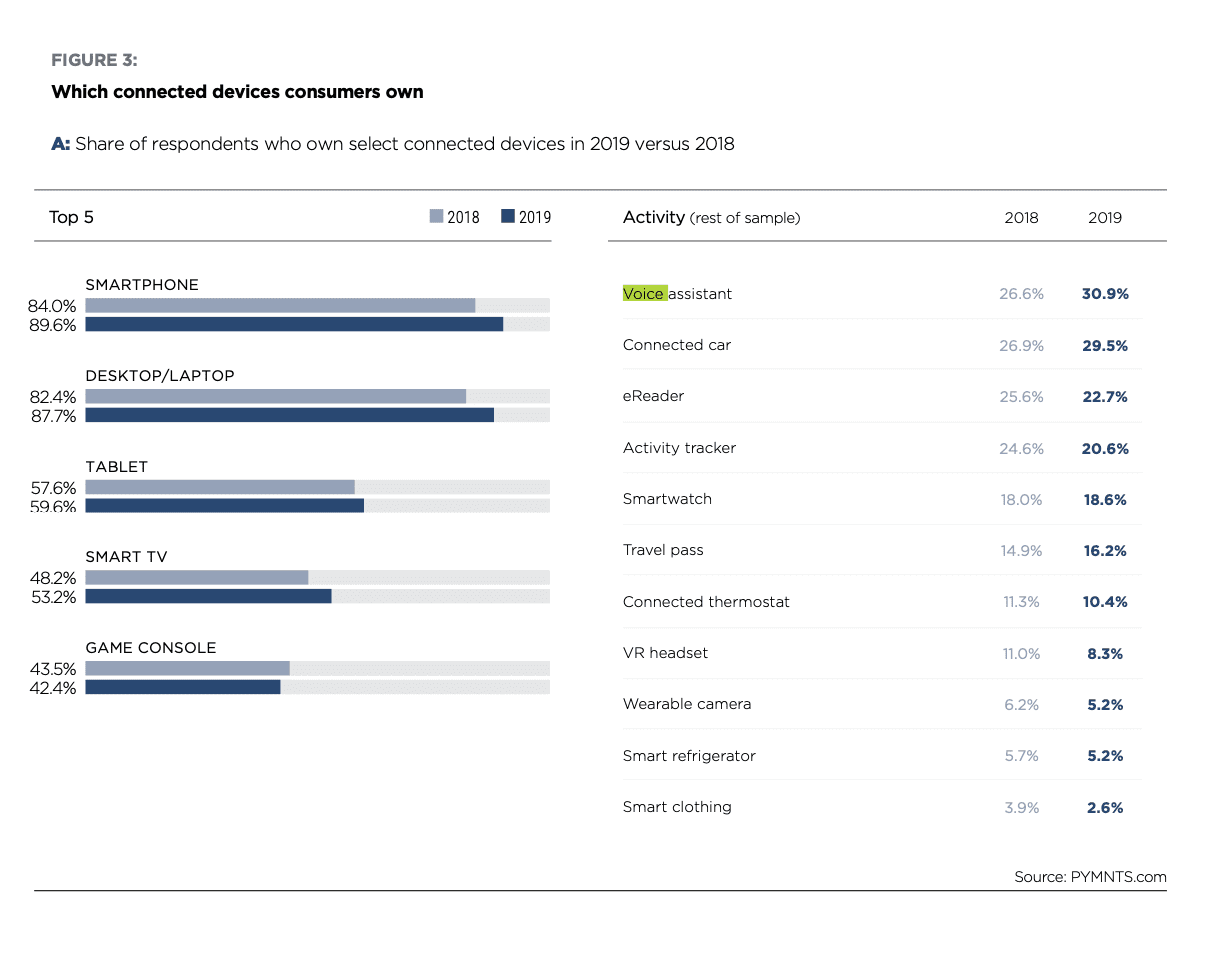How The Pandemic Has Changed How We Shop

The shutdowns are on in the European Union as COVID-19 cases rise and local leaders work overtime to bend back the curve because their hospital ICU beds are outstripped by the exploding number of new cases. In the U.K., the government of Prime Minister Boris Johnson, after weeks of seeking to avoid national shutdown in favor of local tiered limitations, has imposed another strict national lockdown aimed at halting the coronavirus’ spread. The move came as U.K. COVID-19 cases passed the 1 million mark and the country’s death toll reached 46,555 after weeks of sharp upticks.
The current U.K. lockdown is somewhat less strict than its counterpart in March. Schools and universities will be allowed to continue to operate, but all bars and restaurants must close except for takeout and delivery. All non-essential businesses, including gyms and hair salons, must close as well.
It’s a move that has been controversial both within Johnson’s own government and beyond. Helen Dickinson, chief executive of the British Retail Consortium, expressed concern that the latest round of U.K. lockdowns “will cause untold damage to the High Street in the run-up to Christmas, cost countless jobs and permanently set back the recovery of the wider economy.”
Those concerns are ringing throughout the EU, as the U.K. is far from the only continental player tapping into shutdowns. In the last week France, Spain, Italy, Germany, Ireland and Belgium have all put some variation on movement restrictions — closing restaurants, bars, hair salons and non-essential businesses nationwide — in the hopes of curbing the growing spread of COVID-19.
But are societies really going into a coma for “week and months” as a result of these shutdowns? The data — both PYMNTS’ own and globally — tells a somewhat different story. Consumers aren’t going into a commerce coma, as retail experts around the world seem to fear. They are changing, and going highly digital, but sleeping they are not.
How We Shop Now
As the latest How We Will Pay survey by PYMNTS and Visa indicates, consumers still shop, but “going shopping” is not quite how they think about it anymore. It might be more accurately said they are “doing shopping” and often doing it alongside a lot of other things. One in five consumers said they shop while watching TV, paying bills (39 percent), eating lunch (34 percent), eating dinner (27 percent) and browsing the internet (33 percent).

Armed with an increasing number of connected devices, “going shopping” is now something consumers can choose if they want to, and our data show they still will make that choice — but because they can now use their homes as their connected commerce command centers, they no longer feel as though they have to.
Moreover, the data show consumers are varying how they make those commerce connections from home — and trending more toward leveraging voice technology than they ever have before.
Ownership of voice-activated devices by U.S. consumers has more than doubled over the past three years, according to PYMNTS/Visa data, with roughly a third of consumers owning voice assistants, compared to 1.4 in 10 in 2017.
And with increased ownership has come increased commerce use cases, particularly in the pandemic era. Currently, 31 percent of the roughly one-third of consumers who own voice-activated devices report using them to make purchases.

And it seems, by the use case, consumers particularly favor them when they need a hands-free commerce mechanism — as the share of consumers who used voice tech to shop vehicle cleaning increased 117 percent between 2018 and 2019, while those who used them to make purchases while cooking saw an increase of 43.7 percent.
And those upswings in connected commerce, particularly connected commerce conducted by voice, was according to the data most prominently seen demographically speaking among bridge millennials now in their prime spending years. According to the study, bridge millennials engage in 14.1 activities each day and report making purchases while engaging in 6.4 of them. In other words, 45 percent of the activities that bridge millennials do on a day-to-day basis involve making a purchase. The bridge millennials in our study are also early adopters of voice-assisted technologies. More than one in three (38 percent) bridge millennials own and use voice-activated devices, and 17 percent use them to make purchases.
Combine this data with the PayPal/PYMNTS data from early fall 2020, and a pretty clear picture emerges. Consumers, concerned for their health and safety, are planning to stay in for quite a while — 11 months, according to the most recent survey — and the vast majority (58 percent) are reporting that only a vaccine will make them feel safe enough to get out again. Data that seems to bode poorly for the holiday shopping seasons ahead, particularly in the face of EU shutdowns.
But our data on how consumers are changing how they will shop and pay going forward show they are favoring contactless and touchless methods and preferring to pick up curbside or have it delivered to the doorstep of their home that has become a connected commerce command center. There is perhaps less reason to be concerned that those consumers won’t “go shopping” this season anyway.
Because more and more consumers don’t “go” shopping anyway. They are continually connected to commerce, which means there is nowhere they have to go. The commerce opportunities are always wired in and ready for their use.
